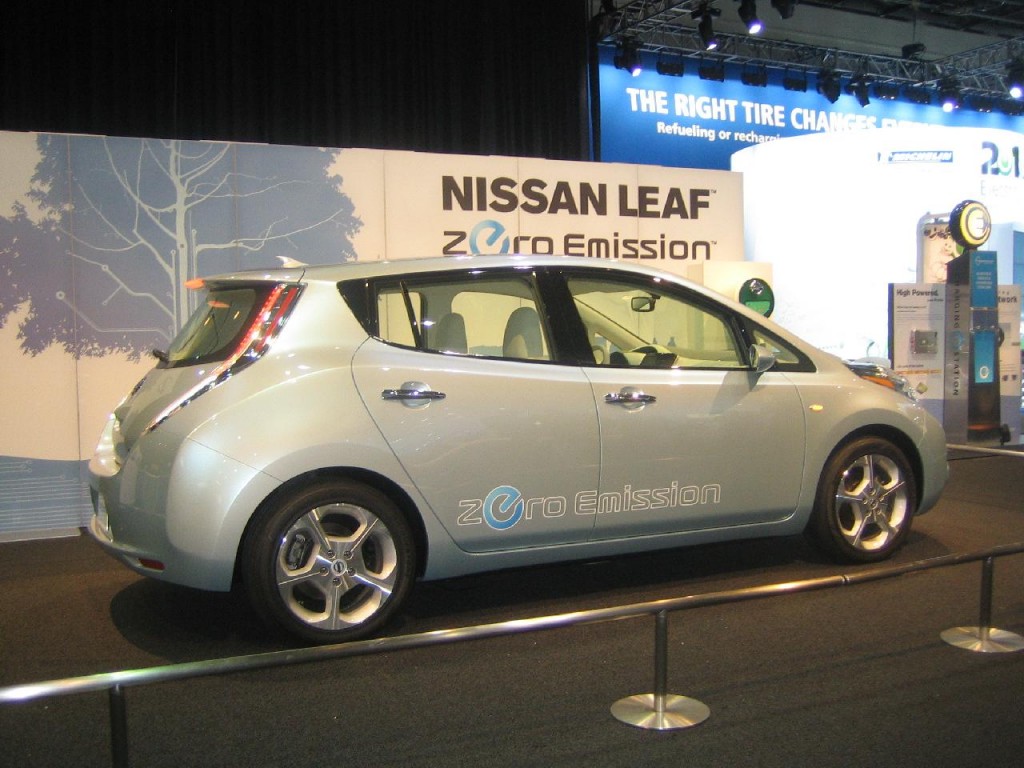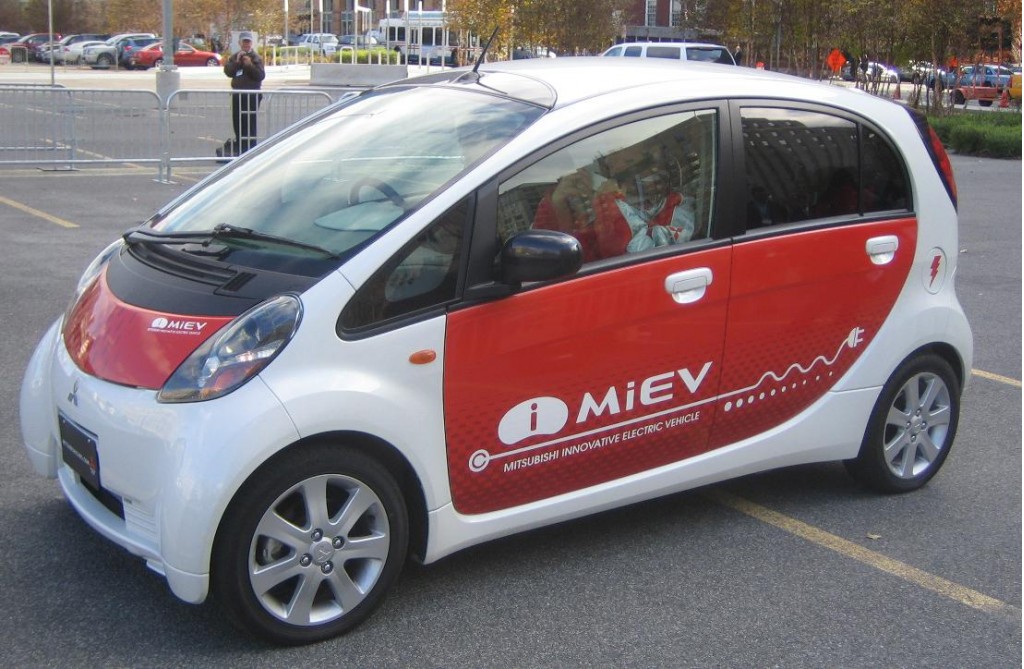Last month was was a pretty great one for mainstream automakers planning to deliver plug-in vehicles. Publicity a-plenty, state and Federal grants announced, pricing revealed.
The message from Detroit and Japan is clear: If you like it then you shoulda put a plug on it ...
But with so many of the big guns launching plug-in vehicles, what hope do small EV and PHEV companies have in future months?

2011 Chevrolet Volt

2012 Nissan Leaf, Electric Avenue, 2010 Detroit Auto Show

Mitsubishi i-MiEV electric car - side - December 2008

2010 Toyota Prius Plug-In Hybrid, 2009 Los Angeles Auto Show
Within a year, we'll be able to choose among some really impressive plug-in vehicles. Within five years, expect most major manufacturers to be offering some form of plug-in--all with excellent service standard, local garages with fully trained personnel, impressive warranties and perhaps even specialized emergency roadside assistance.
What can the likes of Think, Aptera, Zap!, Reva--and any number of smaller startups eager for a piece of the plug-in pie--do to compete against the big boys who want to rule the kingdom?
In all honesty, not much.
There may be a few exceptions. Tesla Motors have shown themselves to be more than capable thus far, with extensive Venture Capitalist funding, an impressive customer list, and recent wins at the Monte Carlo Alternative Energy Rally.
With significant funding from the U.S. Department of Energy, continuation of the Tesla Roadster through 2012, and the Tesla Model S confirmed, the company should be set for a few years to come.
Fisker appears to be not so much a shoo-in as a squeeze-in. If the company gets their act together--quickly--they stand a chance of getting to the party before all the drinks are gone. But another delay beyond the estimated launch date of September 2010, and all bets could be off.
Smaller companies don't have the prestige of Tesla or Fisker. They've struggled over the past four years to stay on target and on price. We've seen delays, re-specifications and price-hikes from Think, Aptera, Zap!, and Reva, to name just four. Many other smaller companies have ceased to exist altogether.
For those who remain, the pressure is mounting to come up with an affordable vehicle capable of performing as well--if not better--than those offered by Nissan, Mitsubishi, Ford, General Motors, and Toyota.
On paper, no one can realistically expect to compete with companies to whom $750 million or more for development of a single vehicle--the estimated cost to GM of developing the 2011 Chevrolet Volt--is acceptable.
Smaller plug-in vehicle manufacturers can't compete on development funds, and they certainly can't compete on price--unless other factors slip. That might mean sacrifices in speed, safety and, ultimately, desirability.
Worse still, some companies could choose wacky designs that undoubtedly reduce cost or weight, but impact mass-market desirability and practicability.
Of course, there's a reason why so many plug-ins seem to have three wheels. They can be classed as motorcycles in the U.S., which have less stringent safety requirements. Many vehicles from small-scale EV makers are three-wheeled solely to circumvent tough NHSTA safety standards.
It's simple, really: It is no longer economically viable for most smaller plug-in vehicle companies to exist, let alone produce reliable, affordable vehicles that can compete with EVs from the big boys.
Expect those smaller companies to be relegated to the history books, or perhaps the gated communities with private roads that earned some companies (such as Zap!) their first thousand dollars.
Who is killing the small-scale EV companies? The big boys are.













